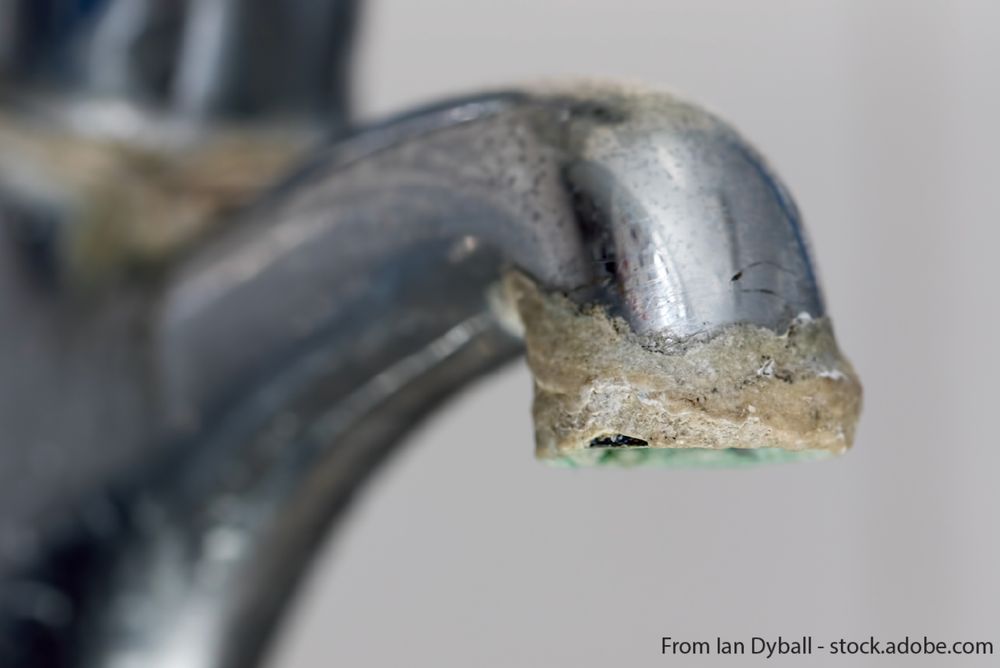Water Chem @ UMass Amherst
@waterchem.bsky.social
21 followers
37 following
77 posts
Graduate students at UMass Amherst exploring the science of water chemistry. From water quality and sustainability to the latest research, join us as we dive into the complexities of water and its vital role in our world.
Posts
Media
Videos
Starter Packs









